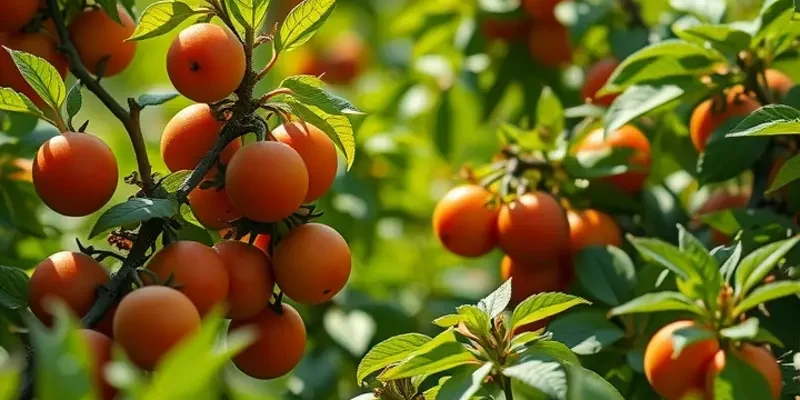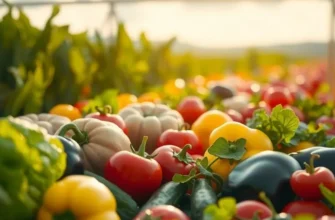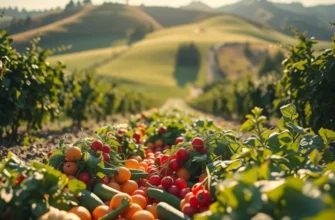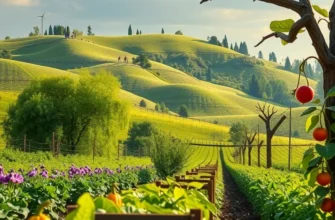Caramelizing sugar opens the door to a world of rich flavors and elegant finishes for both desserts and savory dishes. Whether you’re enhancing the sweetness of a dish or creating a beautiful topping, caramelization is a skill that’s well worth mastering. This guide provides straightforward methods that will help home cooks at any level achieve sweet perfection in their kitchen.
Basic Caramel Sauce: A Beginner’s Delight
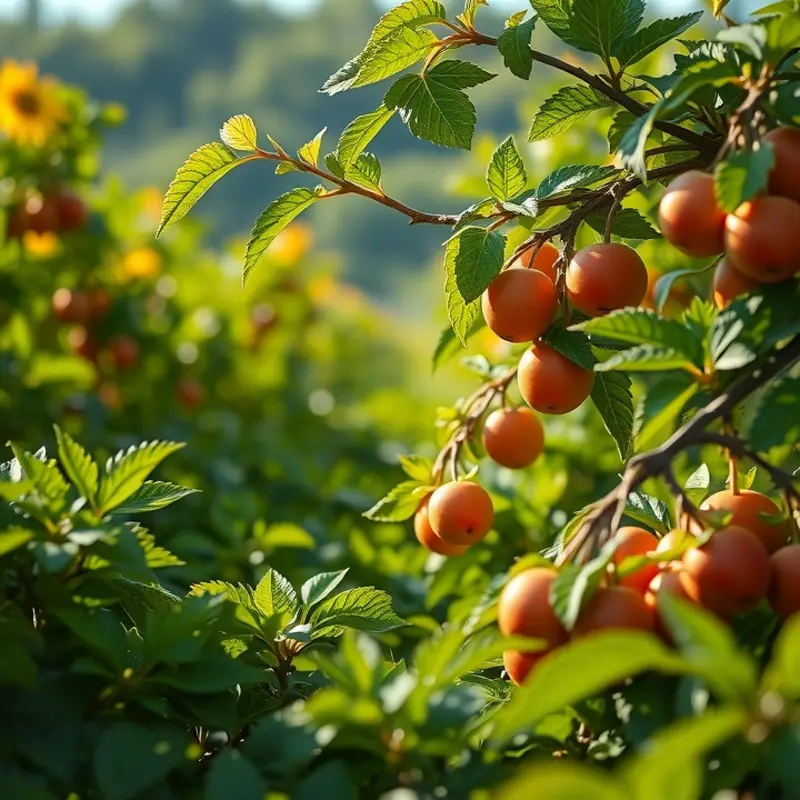
Embarking on your caramel sauce creation journey requires just a handful of ingredients and basic kitchen equipment. The magic stems from transforming sugar into a luscious amber confection. This chapter will guide you step-by-step through crafting a flawless, sweet sauce.
Begin with essential ingredients: granulated sugar, water, heavy cream, butter, and a pinch of salt. Each component plays a crucial role. Sugar is the star, providing sweetness and body. Water acts as an initial dissolving agent, helping sugar melt evenly. Heavy cream lends richness, and butter brings a touch of silky smoothness. A pinch of salt balances the sauce’s sweetness.
Equip yourself with a heavy-bottomed saucepan, a wooden spoon or heat-resistant spatula, and a candy thermometer. A heavy-bottomed pan ensures even heat distribution, critical for preventing hot spots and potential sugar burning. A candy thermometer will assist in monitoring the caramel’s temperature precisely.
Step-by-Step Instructions:
-
Combine Ingredients: In the saucepan, mix one cup of granulated sugar with 1/4 cup of water. Ensure the sugar is evenly saturated by gently swirling the pan.
-
Heat the Mixture: Over medium heat, let the sugar dissolve completely. This initial phase requires patience—avoid stirring at this point to prevent unwanted crystallization.
-
Monitor the Colour Change: As the mixture heats, keep a close watch as the syrup begins to change color from clear to golden. At this stage, gentle swirling helps ensure even caramelization.
-
Temperature Management: Once the mixture turns a deep amber hue, promptly remove it from the heat to prevent burning. Use a candy thermometer to ensure it reaches around 340°F (170°C).
-
Add Cream and Butter: Carefully, as the sugar mixture is extremely hot, whisk in half a cup of heavy cream. Expect bubbling, which is normal. Then incorporate two tablespoons of butter, stirring until smooth.
-
Finishing Touches: Stir in a pinch of salt. Feel free to adjust for taste. This step is crucial, as salt enhances the overall flavor.
Allow the sauce to cool slightly before using it as a topping for ice cream, drizzling over cakes, or as a dip for fruits. Your homemade caramel sauce is now ready to elevate a variety of sweet creations. Understanding the transformational aspect of sugar is key. Paying attention to temperature management and color changes will build your confidence in this fundamental cooking technique.
For insights into storing sauces efficiently while minimizing waste, explore safer storage of sauces to keep your caramel fresh and ready for future use.
Advanced Techniques: From Sugar to Showpiece
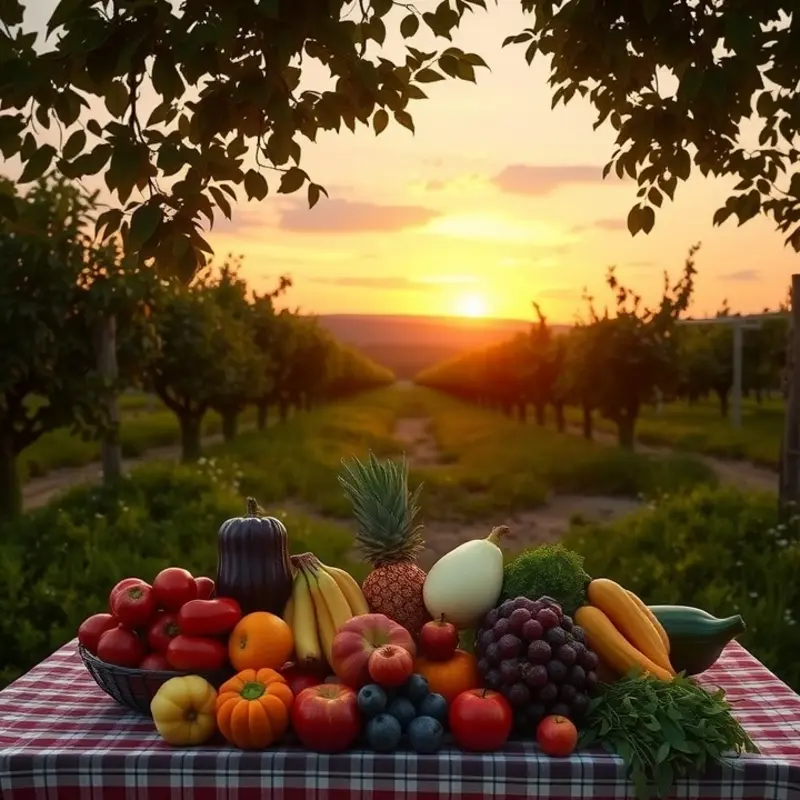
Caramelizing sugar might seem simple, yet transforming it into a dazzling centerpiece requires skill. Let’s explore dry caramel and spun sugar, two advanced techniques for creating stunning dessert decorations.
The Art of Dry Caramel
Dry caramel involves melting sugar without liquid, resulting in an intense, deep flavor. The challenge lies in managing heat and achieving the perfect amber color. Start by evenly spreading sugar in a heavy-bottomed pan. Use moderate heat to avoid burning the sugar and stir gently. Remember, sugar’s temperature can climb rapidly; quick, careful monitoring is vital.
As sugar melts, it forms clumps, then transitions to a liquid. This liquid soon becomes a rich amber—watch closely, as this indicates your caramel is ready. Remove it from heat immediately to prevent it from turning bitter. For a deeper dive into flavor enhancement techniques, explore this guide. For an added dimension, incorporate spices or acids such as lemon juice at this stage.
Spun Sugar: The Edible Art
Creating spun sugar is both magical and daunting. Begin by preparing a workspace: line surfaces with parchment paper to catch any spills. Boil sugar, water, and a pinch of cream of tartar until it reaches the hard crack stage, around 300°F (149°C). Dip a fork into the caramel, then flick it back and forth over a rolling pin or whisk handle to create delicate sugar threads.
Timing is crucial—work quickly before the caramel cools too much, causing fibers to break. Practice and patience will refine your skills, and experimenting with finger protection can prevent burns.
Understanding Sugar Varieties
While granulated sugar is the norm for caramel, each type offers a distinct flavor profile. Brown sugar, for instance, yields a robust, molasses-infused caramel, while superfine sugar dissolves more swiftly, reducing clumping. Exploring these can deepen your culinary toolkit and adapt recipes to suit your flavor preferences.
Science Meets Sweetness
The magic behind sugar’s transformation lies in its structure. As sugar heats, it breaks down, and new compounds form, contributing to caramel’s signature aroma and flavor. Understanding these reactions allows better control over your results. If your caramel crystallizes, it’s often due to impurities or unintentional stirring, stressing the importance of clean equipment.
Mastery involves practice, acute attention, and a touch of creativity. With these techniques, your culinary creations can transform into showpieces, graduating from merely sweet to precisely opulent. As with any craft, the journey from novice to artisan requires persistence and imaginative experimentation.
Final words
Caramelizing sugar is an integral skill that enhances both sweet and savory culinary creations. By starting with a simple caramel sauce and progressing to more advanced techniques, you can transform everyday dishes and impress your family and friends. Remember, practice makes perfect! With these methods and tips, and a dash of confidence, your culinary repertoire will expand with delightful caramel flavors that elevate any recipe. Embrace the art of caramelizing sugar, and you may find yourself experimenting with new creations and flavors in the kitchen.

